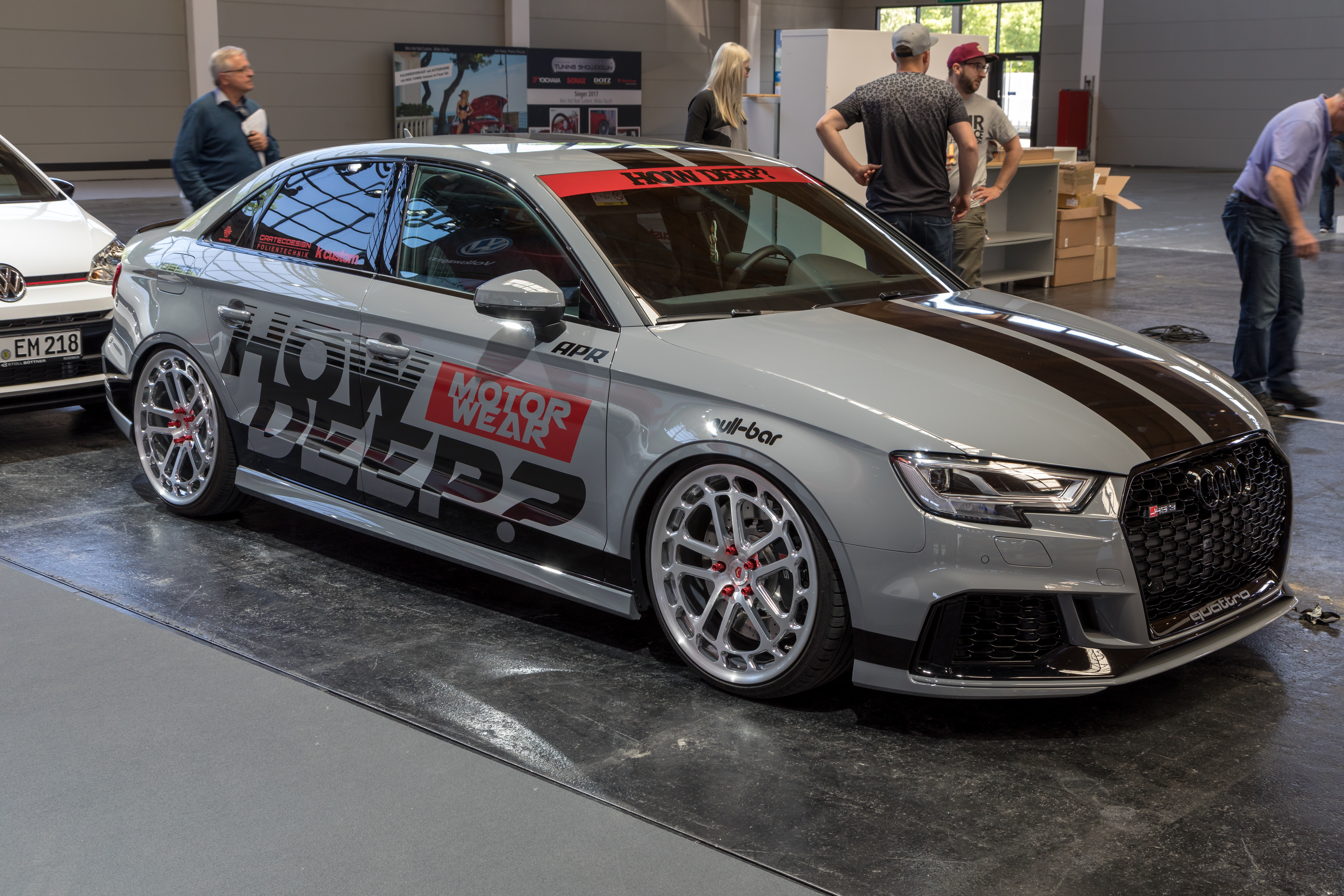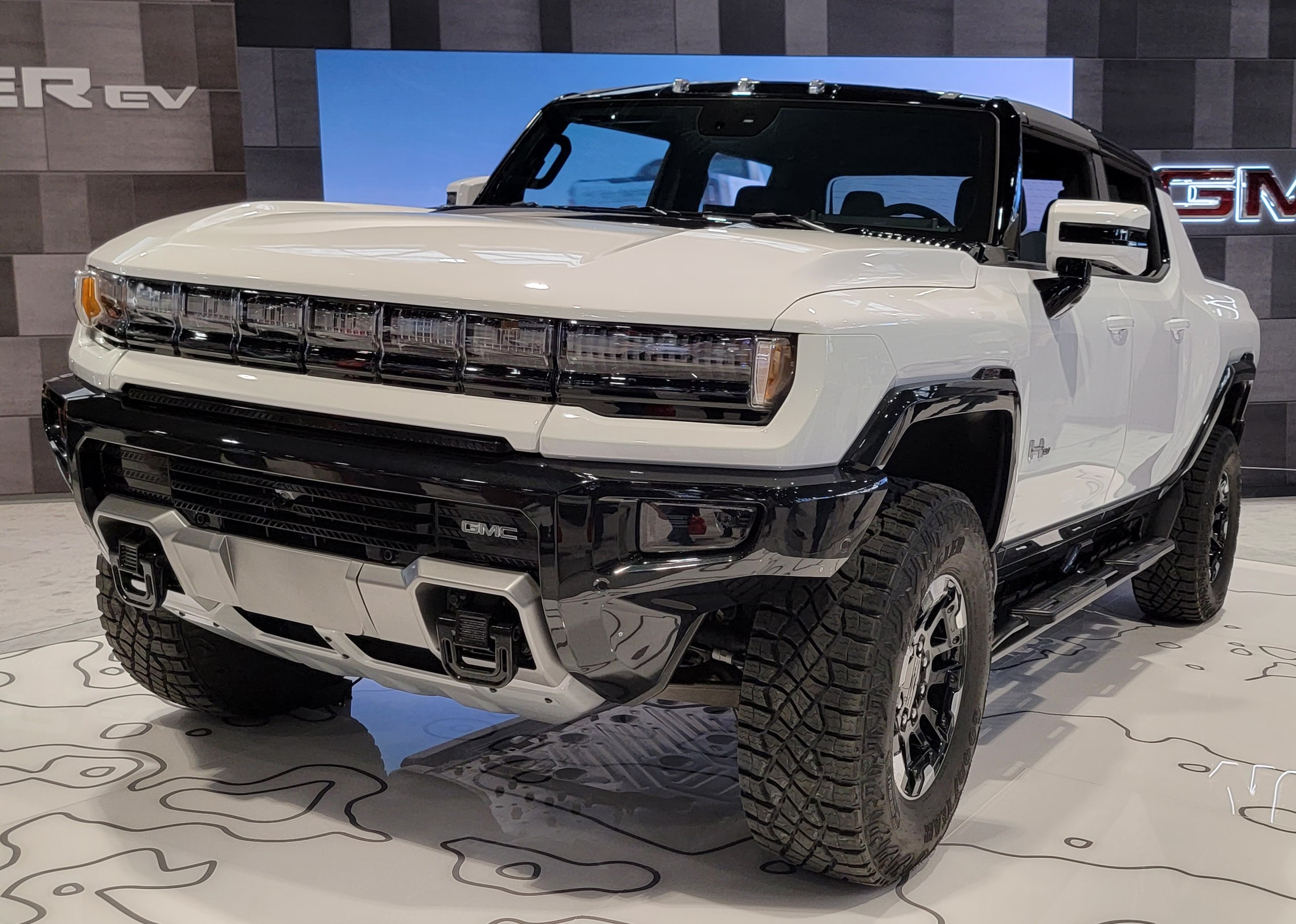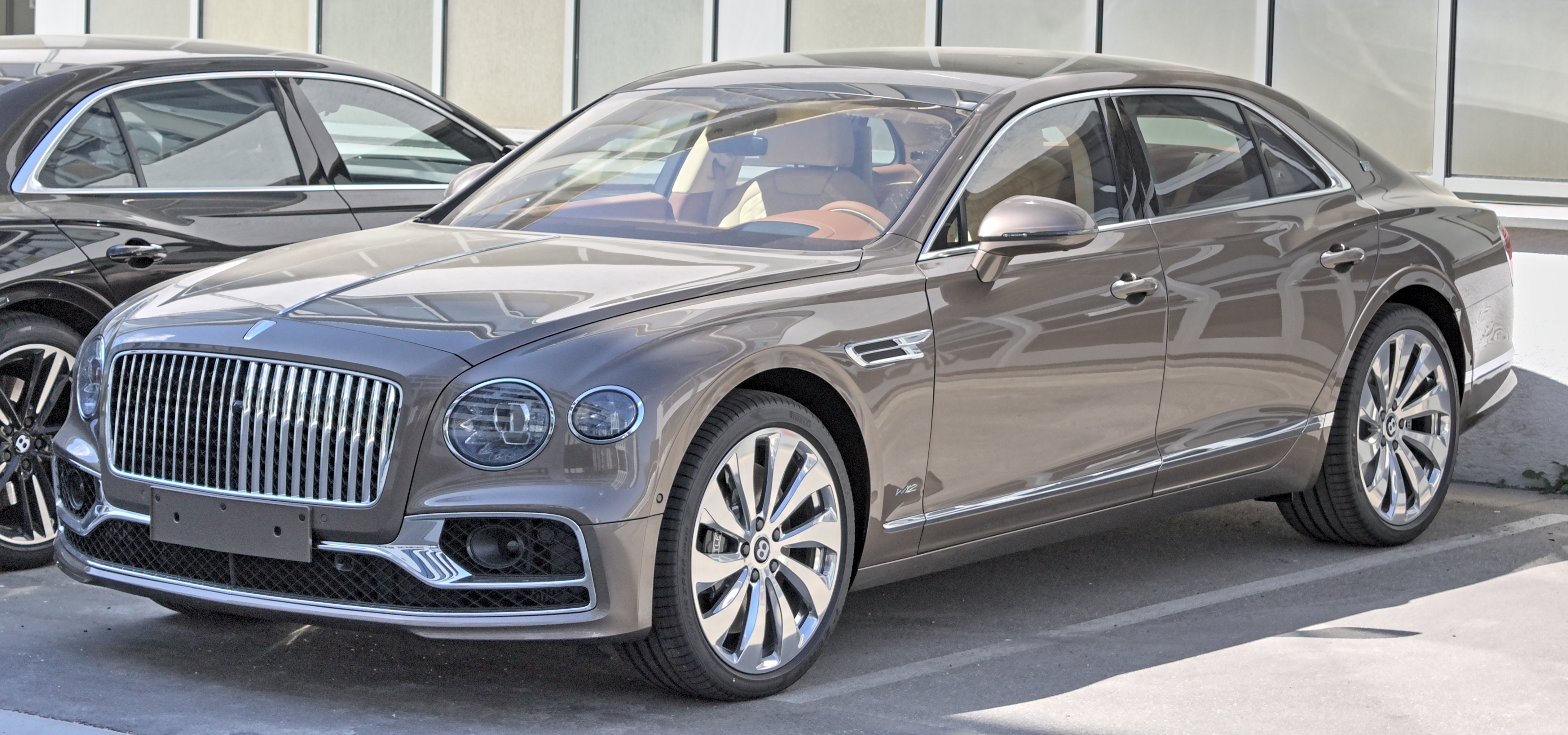
Over the past two decades, the automotive industry has experienced a remarkable surge of innovation, yet not every car has matched the expectations set by their marketing. Join us as we delve into some of the most overhyped vehicles of the 21st century, examining their features, performance, and the stories they tell about shifting consumer interests. These narratives reveal how some models, despite their impressive designs, have ultimately underperformed in delivering what buyers anticipated.

1. **Rolls-Royce Boat Tail**: This luxury car encapsulates opulence and exclusivity, with a price tag that reflects its bespoke nature. However, it raises the question of whether its extravagant features justify the hype and price, or if it’s merely a status symbol.
2. **Cadillac Escalade (1999)**: Since its debut, the Escalade has been a cultural icon and luxury SUV, but its overestimation lies in how its sheer size and branding overshadow genuine driving performance and innovation. While it boasts impressive cargo space and luxury features, has it truly been a game-changer in the SUV market?

3. **Porsche Cayenne (2002)**: As the first luxury SUV from a sports car manufacturer, the Cayenne brought performance to the segment. However, some enthusiasts argue that its weight and bulk prevent it from embodying the true Porsche spirit, making it more overestimated than celebrated.

4. **Lamborghini Gallardo (2003)**: Known for revolutionizing the supercar market, the Gallardo’s performance and reliability marked a significant shift for Lamborghini. Nonetheless, its mass production and appeal to a broader audience sometimes overshadow the brand’s heritage and exclusivity, leading to questions about its worthiness as a true exotic car.

5. **Bugatti Veyron (2005)**: The Veyron is often hailed as a pinnacle of automotive engineering with its astronomical performance figures. Still, its extreme price and impracticality for everyday use raise eyebrows about whether it’s truly the ultimate supercar or an overhyped marvel of engineering.

6. **Ford Mustang Shelby (2005)**: The Shelby variant brought back classic styling and a sense of nostalgia, rekindling the muscle car spirit. Nevertheless, some purists criticize its modern interpretation for straying too far from the original ethos, leading many to view it as overhyped rather than a true continuation of the revered legacy.

7. **Lexus RX 400H (2006)**: As a pioneer in hybrid luxury SUVs, the RX 400H set new standards for fuel efficiency. Yet, the question remains whether its performance and driving experience truly match the expectations set by its revolutionary image, or if it simply rides the coattails of being a hybrid leader.

8. **Tesla Model S (2012)**: The Model S disrupted the automotive industry with its electric performance and technology. However, its overestimation often comes from the hype surrounding its range and performance, which some argue does not always translate to real-world usability and reliability.

9. **Ferrari La Ferrari (2013)**: This hybrid hypercar represents the pinnacle of Ferrari’s engineering prowess, yet it often faces scrutiny for its accessibility and the practicality of hybrids in the supercar realm. Questions linger on whether its hybrid technology will ultimately live up to the performance expectations associated with the Ferrari name.

10. **Aston Martin DBS Superleggera (2018)**: The DBS Superleggera is often described as a masterpiece of design and power. Yet, there are discussions about whether the actual driving experience and performance live up to the lofty expectations set by its stunning aesthetics and heritage.

11. **Rimac Nevera**: Known for its exceptional power and innovative electric design, the Nevera emerges as a trailblazer for future EVs. However, can it truly deliver practical performance and reliability, or is it merely a testament to what could be, rather than a car for the everyday driver?

12. **BMW IX**: Promoted as a cutting-edge electric vehicle, the iX’s emphasis on sustainability often eclipses the practical performance metrics that discerning buyers typically prioritize in premium cars. The question remains whether it can genuinely fulfill the high expectations surrounding electric vehicles, or if it falls short of the mark.

13. **GMC Hummer EV**: The Hummer’s evolution into an electric vehicle comes with impressive specifications and formidable off-road capabilities. However, its hefty size and weight may compromise its practicality for everyday use, prompting some to wonder if it is truly a revolutionary advancement or merely a nostalgic revival for those yearning for the past.

14.**Bentley Flying Spur V8**: Aiming to blend luxury with sustainability, the Flying Spur has made strides toward electrification. Still, enthusiasts argue whether it can maintain true Bentley luxury while meeting modern environmental standards, making it an interesting yet potentially overestimated addition to the lineage.

15. **Rivian R1T**: Hailed as a game-changing electric pickup, the R1T integrates utility with modern advancement. However, its success will depend on its ability to deliver on promises of performance and practicality in the competitive truck market.

16. **Polestar Precept**: This model serves as a declaration from the new electric brand, highlighting sustainability at its core. Yet, questions linger about its practicality as a production vehicle, given its design-focused identity. Will it thrive in the market, or will it remain a visionary concept without a tangible presence?

17.**McLaren Artura**: This hybrid supercar showcases McLaren’s engineering capabilities, but the challenge lies in balancing performance with hybrid technology. Its commitment to weight-saving and performance will determine whether it’s overestimated or a genuine competitor in the supercar arena.

18. **Rimac Nevera**: Known for its exceptional power and innovative electric design, the Nevera emerges as a trailblazer for future EVs. This Croatian hypercar delivers an impressive 1,914 horsepower and can sprint from 0 to 60 mph in just 1.85 seconds, showcasing the pinnacle of what’s achievable with electric powertrains. However, questions linger about its practicality for daily use and whether it can maintain its performance in real-world conditions, or if it’s merely a showcase of technological prowess rather than a viable everyday vehicle.
Each of these cars has sparked conversation and debate, reflecting the shifting automotive landscape and consumer expectations. While some may have found success, others serve as reminders that not every anticipated vehicle can deliver on its promises, highlighting the fine line between ambition and reality in the automotive world.

19. **BMW IX**: BMW’s inaugural all-electric vehicle, the iX, champions utility while prioritizing sustainability. Its notable features include a range of up to 300 miles along with a luxurious interior made from recycled materials. Yet, some enthusiasts are left wondering if it can truly provide the exhilarating driving experience associated with the BMW name, or if it’s simply a response to the burgeoning electric market lacking the dynamic performance that aficionados desire.

20. **GMC Hummer EV**: The reincarnation of the iconic Hummer as an electric vehicle has generated massive buzz. With a hefty weight of over 9,000 pounds and a power output of 1,000 hp, the Hummer EV promises impressive off-road capabilities and rapid acceleration. Yet, its size and weight raise questions about its practicality in everyday driving scenarios. Is it a groundbreaking step towards sustainable off-road vehicles, or simply a heavy nostalgia trip?

21. **Bentley Flying Spur V8**: Bentley is well-known for its luxurious offerings, and the Flying Spur V8 aims to blend traditional luxury with modern electrification goals. While it showcases stunning design and craftsmanship, there’s skepticism about whether it can maintain the quintessential Bentley experience in light of its electrification efforts. Will it satisfy traditionalists while appealing to eco-conscious buyers, or fall short of the lofty expectations set by its heritage?

22. **Rivian R1T**: Positioned as a game-changing electric truck, the Rivian R1T boasts impressive specs such as 800 hp and a 0-60 mph time of just 3 seconds. With a range between 300 and 400 miles, it aims to redefine the electric pickup segment. However, as traditional trucks remain deeply embedded in American culture, the R1T must prove that it can deliver not just performance but also the rugged utility truck owners expect without compromising on electric innovations.

The automotive industry is currently undergoing a significant transformation, with each new model reflecting broader trends toward innovation and sustainability. While some vehicles are successful in pushing boundaries and redefining expectations, others may be seen as overestimated in terms of performance and everyday practicality. The conversations surrounding these cars highlight the complex relationship between the dreams of car enthusiasts and the shifting realities of the market. As we move further into the 21st century, the ongoing tension between ambition and practicality will continue to fuel discussions about what it truly means to be an iconic automobile.
Related posts:
Iconic Cars of the 21st Century and the Future Models They Inspired
20 craziest car redesigns of the past 20 years
10 Most Advanced Cars Across the Globe | From Koenigsegg Gemera To Honda Civic




